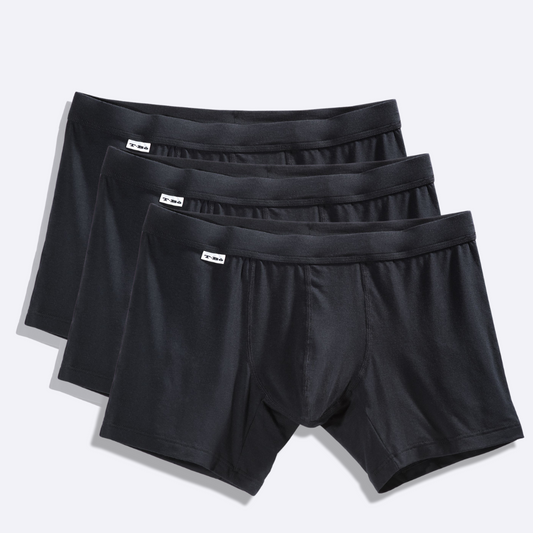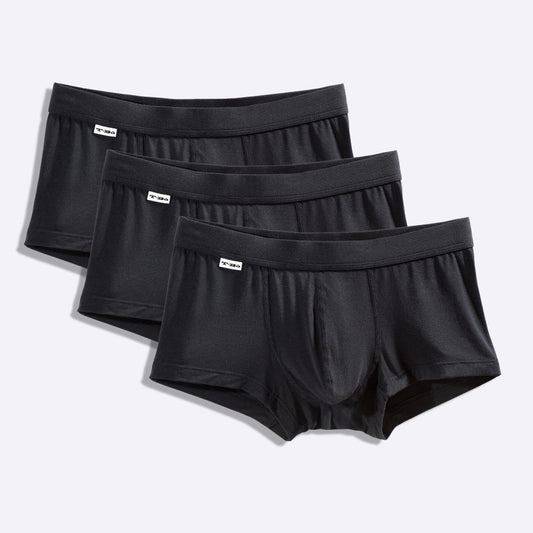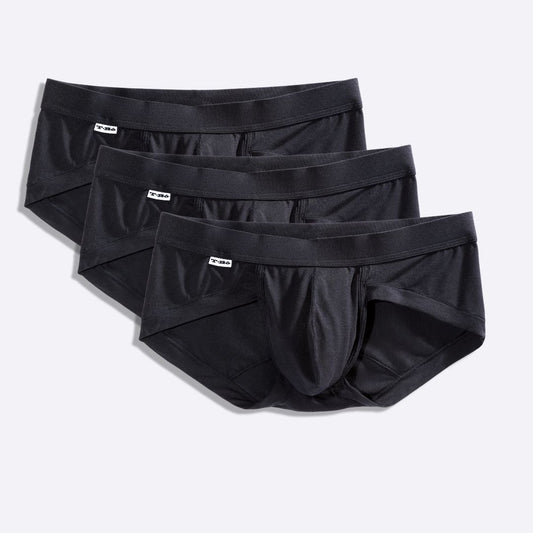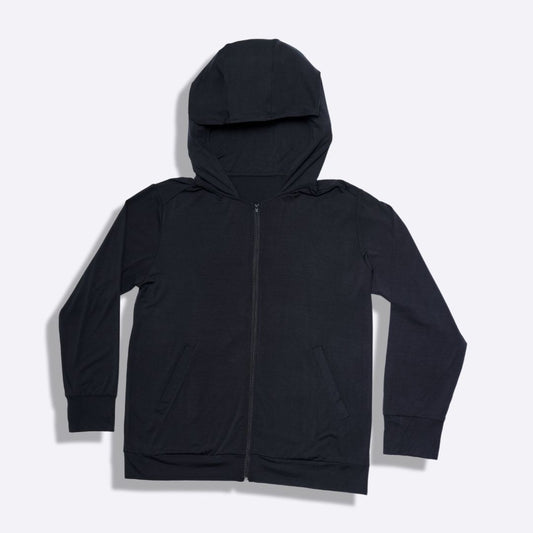
Underwear Style, Comfort, and Sustainability Battle: Bamboo vs. PVC Underwear
By the end of this Bamboo vs. PCV Underwear article, you will be more confident than ever to buy attire for your nether regions. Let’s face it, when it comes to choosing the right fabric for your underwear, the options can be overwhelming.
Two popular choices that are gaining traction in the underwear world are Bamboo and PVC (Polyvinyl Chloride). We know Polyvinyl Chloride material is mostly used for sexy lingerie-style undies, but hey! We thought it was worthwhile to delve into the characteristics of these fabrics in any way!
While both materials have their unique advantages, the battle of the fabrics is still ongoing. As a savvy consumer, it's important to weigh the pros and cons of each material before making a decision. So, buckle up and get ready to explore the world of fabrics, as we uncover the winner of this epic battle.
Comfort and Feel Comparison
When it comes to your crowned jewels, there’s nothing worse than walking around with something that makes you feel uncomfortable. So let’s compare the comfort and feel of bamboo vs. PVC underwear.
Bamboo is praised for its softness and comfort. In fact, it is often compared to silk or cashmere for its smooth and silky feel. It has a silky feel that is similar to cashmere or silk. Additionally, bamboo is hypoallergenic, which means it is unlikely to cause skin irritation or allergic reactions.
PVC, on the other hand, is not as comfortable as bamboo. It has a plastic feel that can be uncomfortable to wear for extended periods of time. Additionally, PVC is not breathable, which means it can trap heat and moisture against the skin. This can cause discomfort and irritation, especially in hot and humid environments.
Moisture-wicking and breathability comparison
When shopping for underwear, moisture-wicking, and breathability are some of the most important factors. No one wants to feel stuffy and moist when the heat rises even slightly! So here’s another round of Bamboo vs. PVC underwear:
Bamboo is known for its moisture-wicking properties, which means it can absorb sweat and moisture from the skin and evaporate it quickly. Additionally, bamboo is breathable, which means it allows air to circulate freely, keeping the skin cool and dry.
PVC, on the other hand, is not moisture-wicking or breathable. It can trap heat and moisture against the skin, which can cause discomfort and irritation. Additionally, PVC can cause sweating, which can lead to unpleasant odors and staining.
Antibacterial Properties: Bamboo vs. PVC Underwear
Bamboo is naturally resistant to mold and mildew, which makes it a great choice for underwear. You don’t want any type of foreign biological entity making a home down there. Additionally, bamboo has natural anti-bacterial properties, which means it can help prevent the growth of bacteria and other harmful microorganisms.
PVC, on the other hand, is not as resistant to mold and mildew as bamboo. It can easily develop mold and mildew if not properly cleaned and maintained. Additionally, PVC can harbor bacteria and other harmful microorganisms, which can cause health problems if not properly addressed.
Maintenance and care comparison
Bamboo is relatively easy to care for and maintain. It can be washed in cold water and hung to dry. However, any type of high heat (like a tumble dryer) may cause some shrinkage. Shrinkage is not common in Bamboo but can happen. You can read an in-depth article on this question here: Does Bamboo Underwear Shrink?
PVC, on the other hand, requires more maintenance and care. It can be easily damaged by heat and sunlight, which means it should be stored in a cool, dry place when not in use.

Durability and Longevity Comparison
When it comes to Bamboo vs. PVC underwear durability and longevity it is important to keep the abovementioned care instructions in mind. Having something that will last multiple wears and washes is pivotal.
Generally, Bamboo underwear is known for its strength and durability. It is resistant to shrinkage and tears. Additionally, it has amazing color-fastness properties and holds its shape after multiple wears and washes.
PVC underwear, on the other hand, is not as durable as bamboo. Even the smallest knick or scratch can cause an unstoppable tear in PVC underwear. Additionally, PVC is not as resistant to UV rays as bamboo, which means it can degrade over time if exposed to sunlight.
What is the most sustainable underwear material?
Bamboo is the most sustainable underwear material when compared to PVC material. Bamboo material is 100% natural. We recently compiled a whole guide to help consumers make an informed decision: Behind the Seams: Where is Bamboo Underwear From?
In short, Bamboo underwear is the more sustainable choice because it is a renewable resource that grows quickly and requires less water than cotton. Additionally, bamboo is biodegradable, which means it will break down naturally over time.
On the other hand, PVC is a synthetic material that is made from petroleum. The production of PVC is known to release toxic chemicals into the air and water, which can have a negative impact on the environment. PVC is also not biodegradable, which means it will remain in landfills for decades.
Is Bamboo Underwear Better?
Based on the comparison above, it's clear that both bamboo and PVC have their unique advantages and disadvantages. But, I think it is quite easy to come to the conclusion that Bamboo underwear is better than PVC underwear.
Bamboo is a great choice for products that are ideal for men’s underwear because they have so many benefits including durability, comfort, and eco-friendliness.
When it comes to Bamboo vs. PVC underwear, the verdict is out. If you are looking for something that is comfortable, durable, low-maintenance, and sustainable, Bamboo underwear is the overall best choice.










